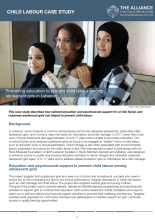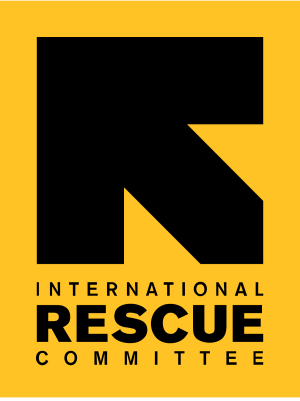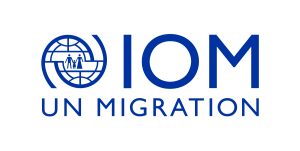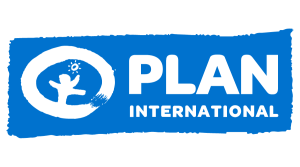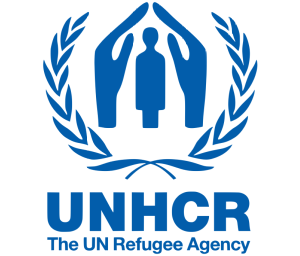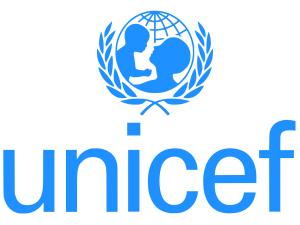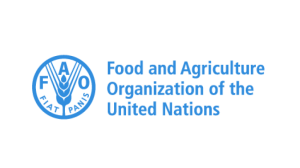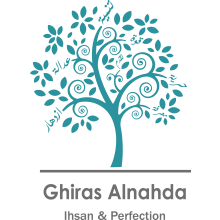
Led By: Plan International
Contact us at: cltf@alliancecpha.org
Our Mission
To ensure practical coordination and collaboration amongst humanitarian responders and development actors at the global level to strengthen the quality and coordination of child labour preparedness, prevention and response actions in emergencies at country level.
The Task Force provides a platform to identify and seek to address common challenges in child labour in emergencies programming, providing a collective technical voice on child labour issues in emergencies for other core pieces of work such as humanitarian standard setting, inter-sectoral collaboration, and global advocacy and policy work related to child labour.
Key Priorities of the Child Labour Task Force
Technical Tools, Standards and Guidance:
- Inter-agency Child Labour in Humanitarian Action Toolkit is available and disseminated at local, national, regional and global levels
Capacity Building:
- Humanitarian responders have enhanced knoweldge and competencies to prevent and respond to (the worst forms of) child labour in emergencies
Coordination, Policy and Advocacy:
- Child labour in humanitarian settings is integrated/refleced in the agenda’s of relevant global, regional and local platforms, including but not liited to 8.7 Alliance and other Task Forces under the Alliance for Child Protection in Humanitarian Action
Task Force Member Organisations
Resources
Child Labour Tool | Age Verification for Working Children
Child Labour Tool | Measuring Child Labour in Humanitarian Settings
Child Labour Tool | Psychosocial Impacts of Child Labour
Child Labour Case Study | Supporting Children in Child Labour Through Child-Friendly Spaces in Myanmar
Child Labour Case Study | Measuring Child Labour Through Household Surveys in Lebanon
Child Labour Case Study | Child Labour Guidance and Tools for Labour Inspectors in Jordan
Child Labour Case Study | Promoting Education to Prevent Child Labour Among Adolescent Girls in Lebanon
